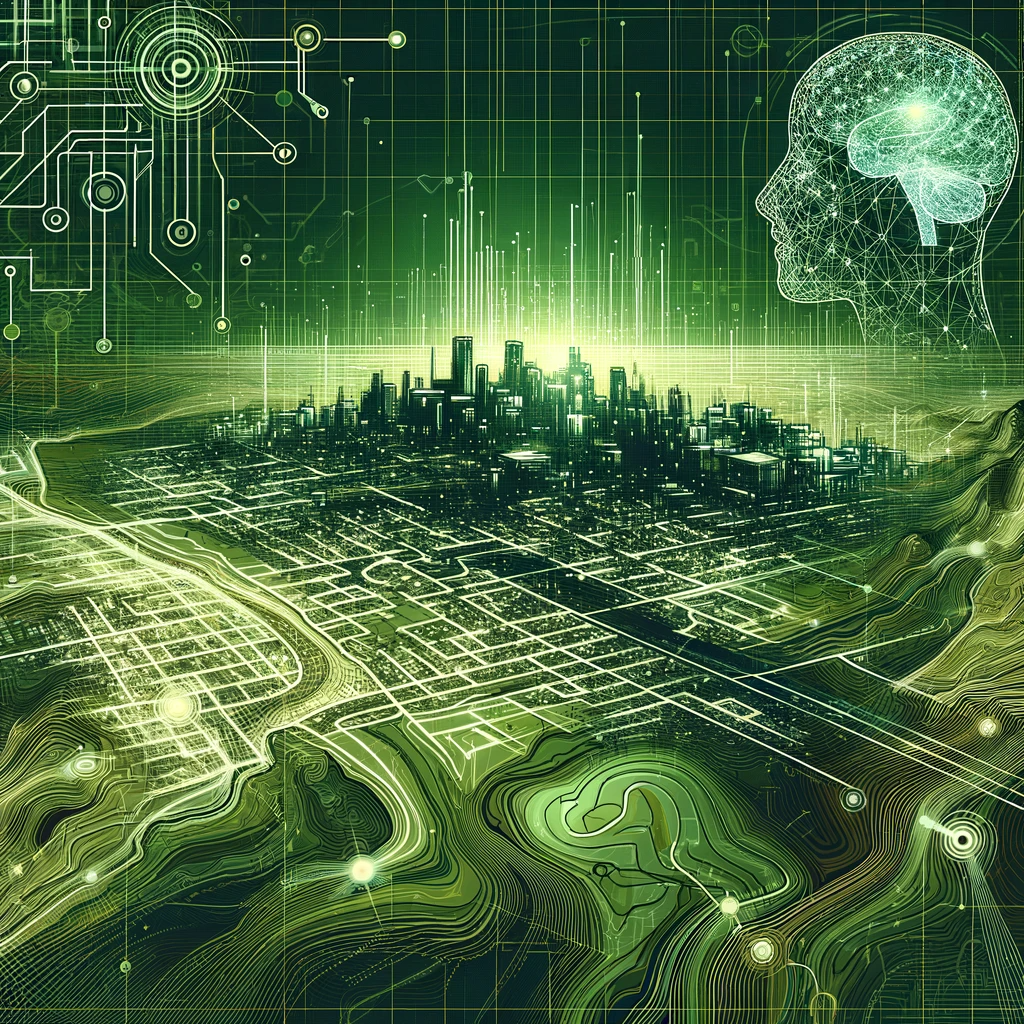Digital Twin in Architecture, Engineering, and Construction Industry
The Architecture, Engineering, and Construction (AEC) industry is undergoing a significant transformation thanks to the rise of digital twin technology. By creating a virtual replica of a physical asset, such as a building or infrastructure project, digital twins offer a powerful tool for enhancing productivity, improving efficiency, and optimizing decision-making throughout the entire lifecycle of a project. Digital twin has different level which reflect the capability of the system to provide data into the stakeholders.
Based on Autodesk, the digital twin level varies from level 1 into level 5 as below:
Level 1: Descriptive Twin
The descriptive twin is a visual replica of the building/infrastructure which is live and editable. The most common model for descriptive twin is by using 3 Dimension (3D) Building Information Modelling (BIM).
Level 2: Informative Twin
The informative twin start to connect the 3D model with sensors. Example of the sensors in digital twin such as temperature and humidity sensor in a building, strain gauges to measure strain or deformation in bridge structures, or traffic simulation model and operation data to give real-time insight of what currently happen to the physical model.
Level 3: Predictive twin
The predictive twin captures real-time data, contextual data, and analytics and serve as an insight system. It can predict some potential issues arises in the physical twin based on real time data.
Level 4: Comprehensive Twin
The comprehensive twin leverages advanced modeling and different simulations. It can simulate potential future what-if scenarios and provide prescriptive analytics and recommendations for the stakeholder.
Level 5: Autonomous Twin
The autonomous twin has the ability to learn and make decisions through artificial intelligence. The model use advanced algorithms for simulation and 3D visualization of the physical building/infrastructure. It provide digital recommendation and make decisions in behalf of the stakeholder.

What are The Benefit of Digital Twin in AEC Industry?
- Improved decision-making: Digital twins provide a virtual sandbox where stakeholders can experiment with different design options and construction methods without impacting the actual project. This allows for more informed decision-making and better outcomes.
- Enhanced collaboration: Digital twins provide a single platform for all project stakeholders to share information and collaborate in real-time. This can lead to improved communication, coordination, and efficiency.
- Reduced costs: Digital twins can help to reduce costs by identifying potential problems early, optimizing workflows, and improving resource utilization.
- Increased sustainability: Digital twins can help to improve the sustainability of buildings and infrastructure projects by optimizing energy usage, reducing waste, and facilitating the use of sustainable materials.
Digital Twin Example in Construction Industry
1. Design Stage:
- Virtual Design and Construction (VDC): This approach leverages digital twins to create a 3D model of the entire project, allowing architects, engineers, and contractors to collaborate seamlessly and identify potential issues before construction begins. This can lead to improved design quality, reduced errors, and cost savings.
- BIM (Building Information Modeling): BIM is a 3D model that contains not only the physical geometry of the building but also information about its components, materials, and systems. This allows designers to simulate different scenarioshttps://geoai.au/construction-material-tracking/ and optimize the performance of the building before it is built.
2. Construction Stage:
- Construction sequencing and logistics: Digital twins can be used to plan and optimize construction sequencing, identify potential bottlenecks, and improve logistics. This can lead to faster construction times, reduced costs, and improved safety. Example: material tracking in construction project.
- Field monitoring and progress tracking: Sensors and cameras can be used to collect real-time data from the construction site and feed it into the digital twin. This allows project managers to monitor progress, identify issues early, and make informed decisions. Example: Laser scanning technology for project monitoring.
3. Operational Stage:
- Predictive maintenance: By analyzing data from sensors and other sources, digital twins can predict when equipment will need maintenance, allowing operators to schedule repairs before they cause disruptions or damage.
- Energy management: Digital twins can be used to model the energy performance of a building and identify opportunities for improvement. This can lead to significant energy savings and reduced operating costs.
- Occupant comfort and productivity: Digital twins can be used to monitor environmental conditions inside a building and optimize them for occupant comfort and productivity.
The Future of Digital Twins in Construction Industry
The use of digital twins in the AEC industry is still in its early stages, but it is rapidly gaining traction. As the technology matures and becomes more affordable, we can expect to see even more widespread adoption. Supported by capturing reality software and equipment such as camera and laser scanner, digital twin technology will lead to significant improvements in the efficiency, productivity, and sustainability of the AEC industry. By providing a virtual representation of physical assets, digital twins can help stakeholders make better decisions, improve collaboration, and reduce costs. The future of the AEC industry is undoubtedly digital, and those who embrace this technology will be the most successful.
Category List
- 3D Point Cloud
- Artificial Intelligence
- Asset Management
- Digital Twin
- Featured
- Hardware
- Knowledge Graph
- LiDAR
- News
- Site Monitoring
- Vegetation Monitoring
- Virtual Reality
Recent Post
- Photogrammetry vs Image Processing: What’s the Difference and How Are They Used?
- Soil Adjusted Vegetation Index (SAVI): Definition and Application
- NDWI (Normalized Difference Water Index): Identifying Water Bodies with Remote Sensing
- Construction Management in the Digital Era: How GeoAI Transforms Projects with Data Analytics and AI
- What is Near Infrared (NIR)?